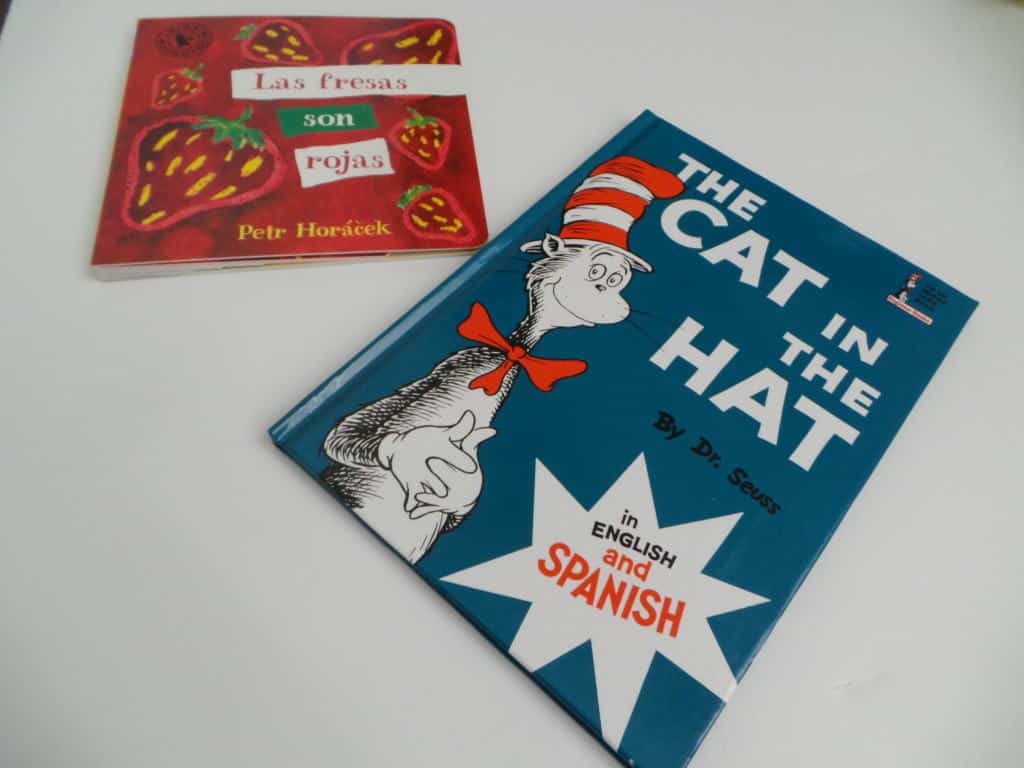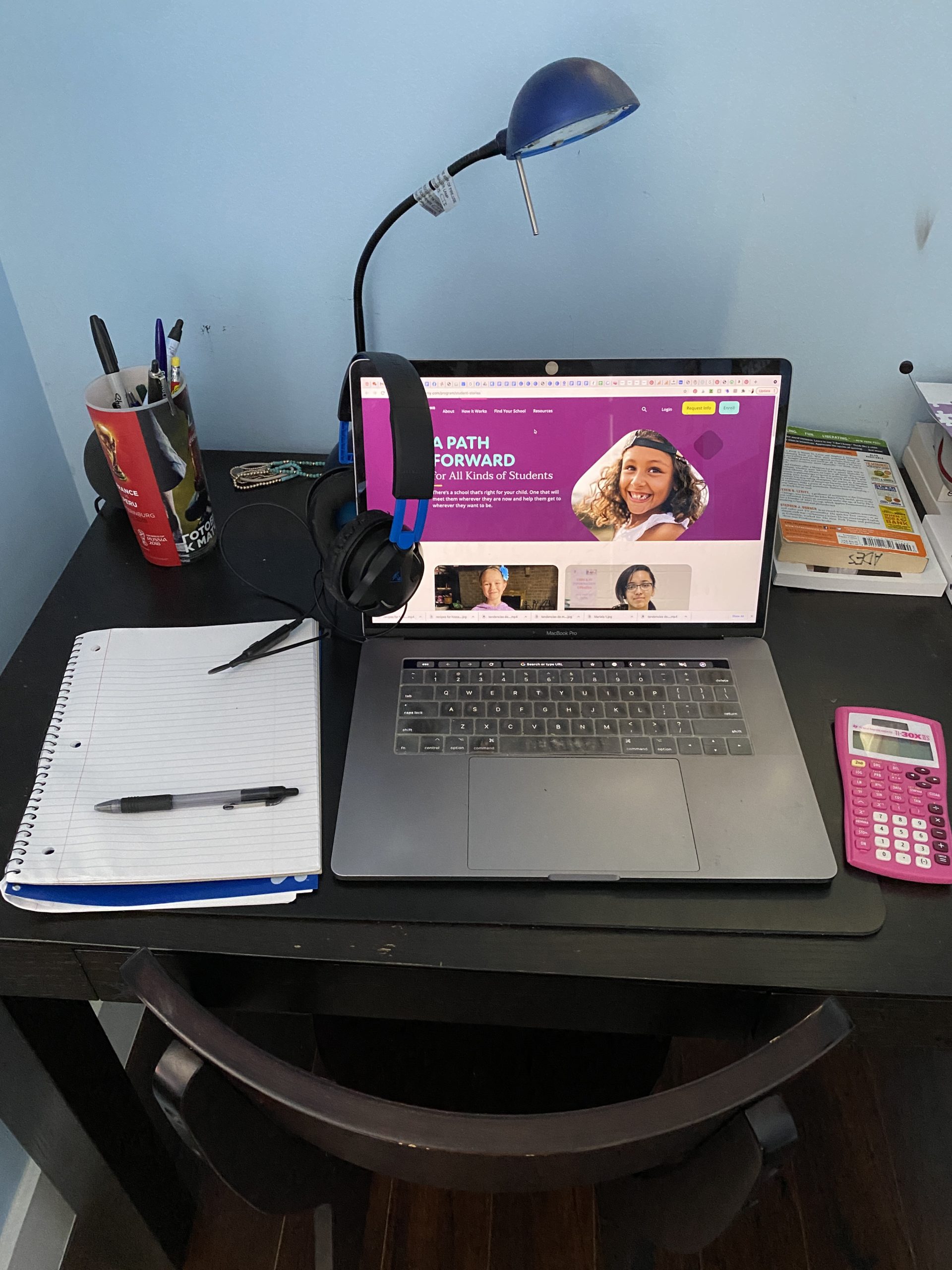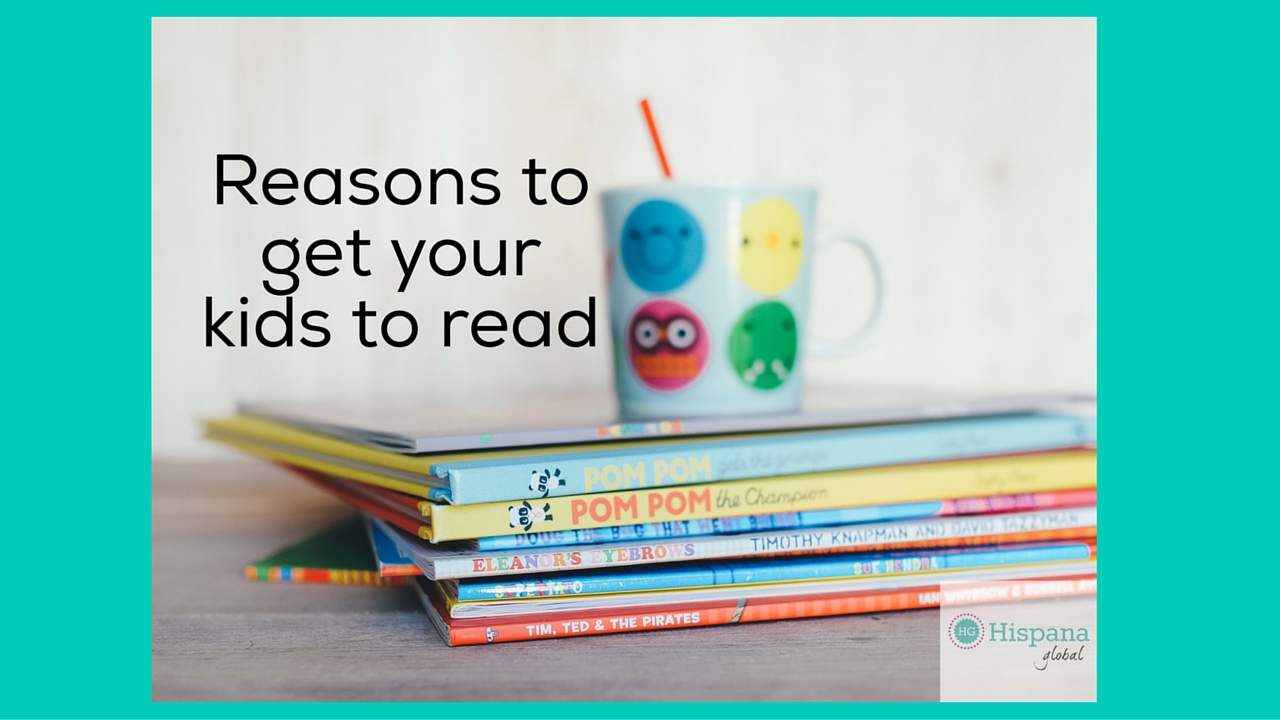5 Challenges When Raising Bilingual Kids
Raising bilingual kids is no easy feat but the effort is totally worth it — even when your children are old enough to answer back in more than one language! Whenever we travel, our kids not only feel comfortable in countries that speak Spanish, but they have also helped other tourists with impromptu translations. They also are able to communicate fluently with relatives that live far away and connect with their cousins when we visit my family in Chile.
At home, my husband and I try to speak in Spanish and although this worked extremely well in the early years, now that our children are older, it’s getting harder to get them to embrace a second language. I grew up in Chile, where my family still lives, while my husband grew up in Peru, so we always were on the same page about the importance of having our kids speak and write in Spanish. But even that commitment doesn’t guarantee success.

The Challenges of Raising Bilingual Children
Understanding the challenges we face to raise them bilingual in English and Spanish has allowed us to strategize on how to navigate this stage, in which our kids are increasingly independent and question the need for fluency in a second language. We’ve shared with them the research that shows the advantages of being bilingual but it’s not enough to persuade them to speak más español (more Spanish) when they think it’s cooler to stick to English. They are too smart for their own good and keep asking me questions in English so that when I’m tired, I’ll just reply in English instead of having them repeat the question in Spanish. When that happens, my husband calls me out, but I’m getting better at being more consistent.

I know we aren’t the only ones facing certain obstacles with bilingualism. That’s why I decided to share the top 5 challenges I am going through with my kids and what is working for us as a family.

Kids prefer one language.
Usually bilingual kids will prefer the language they speak at school (in our case, English) because it brings them closer to their peers. If they have siblings, they will also communicate in the primary language.
Tweens and teens have a hard time understanding why the effort is worth it.
Learning to speak and write in a different language is easier when you’re a child than when you’re an adult, but that doesn’t mean it’s easy.
It’s easy to make mistakes when you’re bilingual.
When your brain is switching back and forth between two languages, it’s easy to mix up words or grammar rules, and kids don’t want their mistakes to be a big deal or to be embarrassed.
Busy parents are tired and it’s hard to be consistent.
With all our daily responsibilities, our energy and patience wane at the end of the day and it’s easier to give in to the temptation of replying to your child in the language he or she prefers. Kids take advantage of those inconsistencies and in my case, sometimes I don’t even realize I am speaking to them in English.
Teaching a secondary language can get boring.
As kids get older, it’s not enough to read them books in another language. You need to use other ways to connect and engage your child, so if you don’t find music, games or other ways to have fun in another language, chances are it will become a chore.

How to overcome the challenges of raising bilingual kids
If you’re committed to bilingualism, you can overcome these challenges with these simple tips.
- Know that mistakes will happen. First, acknowledge them and then strategize on how to deal with them. For us it’s been important to not correct our children’s mistakes in public so they don’t feel embarrassed.
- Find fun material in the target language. For us, that has meant finding comic books, upbeat music and even recipes in Spanish that we can share with our kids while embracing our Hispanic culture. You can even print bilingual cards for different holidays like Valentine’s Day, Mother’s Day or Christmas.
- Instead of nagging, try positive reinforcement. Praise your child when they speak to you in Spanish, are singing a song in the target language or read a story on their own.
- Be persistent. Yes, keep working at it. As I repeat over and over to my children, one day they will thank you for being able to be fluent in two languages.
- Be creative. Print and frame inspiring quotes in the target language, stream movies in Spanish, or find content creators you like in the second language so you watch them together.






